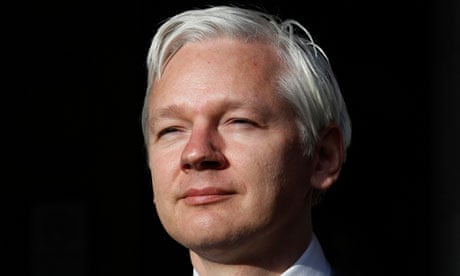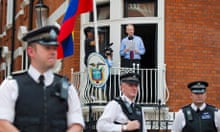WikiLeaks has published more than 1.7m US records covering diplomatic or intelligence reports on every country in the world.
The data, which has not been leaked, comprises diplomatic records from the beginning of 1973 to the end of 1976, covering a variety of diplomatic traffic including cables, intelligence reports and congressional correspondence.
Julian Assange said WikiLeaks had been working for the past year to analyse and assess a vast amount of data held at the US national archives before releasing it in a searchable form.
WikiLeaks has called the collection the Public Library of US Diplomacy (PlusD), describing it as the world's largest searchable collection of US confidential, or formerly confidential, diplomatic communications.
Assange told Press Association the information showed the vast range and scope of US diplomatic and intelligence activity around the world.
Henry Kissinger was US secretary of state and national security adviser during the period covered by the collection, and many of the reports were written by him or were sent to him. Thousands of the documents are marked NODIS (no distribution) or Eyes Only, as well as cables originally classed as secret or confidential.
Assange said WikiLeaks had undertaken a detailed analysis of the communications, adding that the information eclipsed Cablegate, a set of more than 250,000 US diplomatic cables published by WikiLeaks from November 2010 and over the following year. He said WikiLeaks had developed sophisticated technical systems to deal with complex and voluminous data.
Top secret documents were not available, while some others were lost or irreversibly corrupted for periods including December 1975 and March and June 1976, said Assange.
He added that his mother, who lives in Australia, had told him he was being kept at the embassy "with nothing to do but work on WikiLeaks material".
Assange is confined to the Ecuadorian embassy in London, where he sought asylum in June after losing his legal attempts to avoid extradition to Sweden, where he is wanted to answer allegations of rape and sexual assault against two women.
Assange denies the claims, and argues that he fears that if he was remanded in Sweden he would be at greater risk of extradition to the US to face potential prosecution for espionage relating to the WikiLeaks cable releases.




